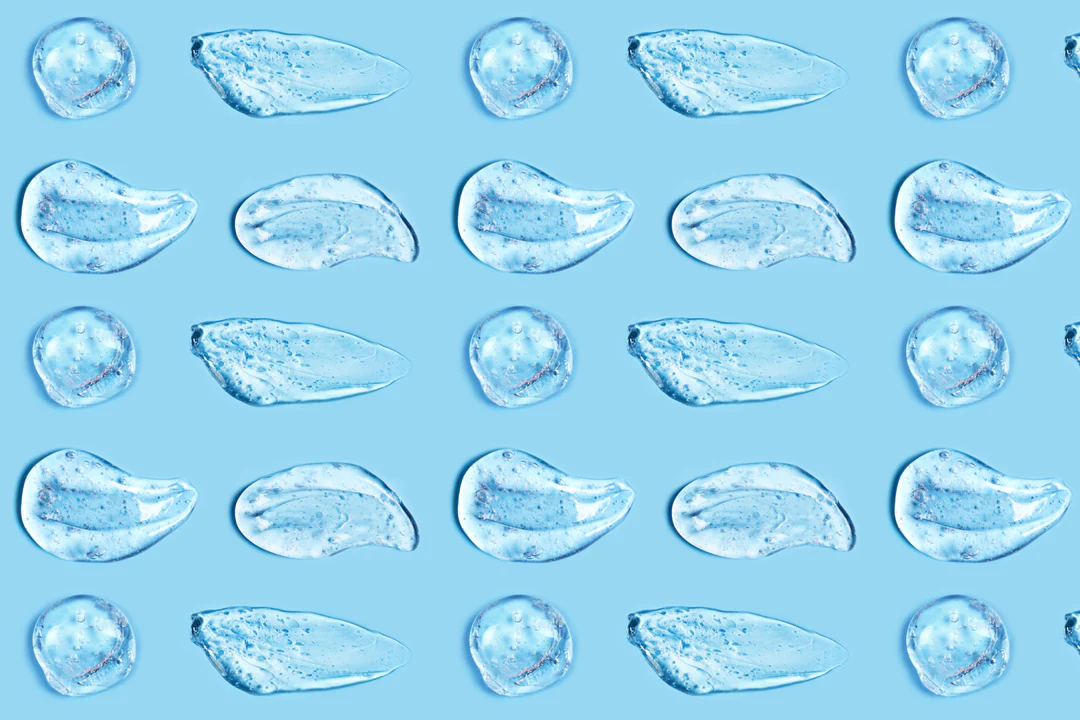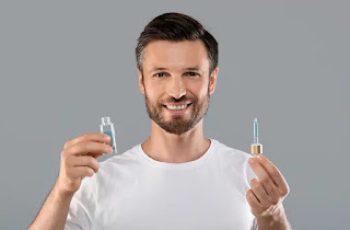
Can I Use Niacinamide with Retinoic Acid?
Retinoic acid and niacinamide are two ingredients that deliver impressive skin results. While their names might suggest that they are unusual ingredients, they are actually fairly common in a variety of skincare formulas. It’s no wonder that many people want to use both in their daily skincare routine.
Now you may be sitting there wondering can I use niacinamide with tretinoin? The goal of today’s blog post is to answer these and other questions about niacinamide and tretinoin.
Can I use niacinamide with tretinoin?
Yes, you absolutely can! When using these two skincare superstars, many people find that the best way to benefit from each ingredient is to alternate between applying them to the skin. You can choose to use niacinamide in the morning and tretinoin in the evening.
This is considered the best way to use each ingredient with minimal side effects. Apply niacinamide after cleansing your skin, preferably while your skin is still slightly damp so that the moisturizing properties can lock moisture to the surface of the skin.
Retinoic acid is a highly effective ingredient that is great for reducing signs of aging as well as fighting breakouts. Despite its effectiveness, it is known to make the skin more sensitive to UV radiation. Using it at night and applying SPF 30 or above daily can help prevent permanent skin damage. If you want to learn more about tretinoin, you can read our dedicated blog post on its benefits for the skin.
If you’re looking for a product that contains both ingredients, this can be a little difficult. This is because tretinoin is a prescription ingredient, so it can be hard to find over-the-counter products that contain both ingredients and are equally effective for the skin. Remember: if you have any questions about the ingredients in your skincare products, you should consult your doctor or dermatologist.
Can I use retinol and niacinamide together?
Yes, the combination of retinol and niacinamide makes for an impressive skin combo. Ideally, you should apply niacinamide to slightly damp skin first. This traps extra moisture on the surface of the skin, keeping it plump and hydrated. You’ll also notice that because the skin barrier contains the right amount of water, retinol will penetrate to the underlying layers and can work quickly. When you combine niacinamide with retinol, you can also combat potential dryness or irritation caused by the powerful vitamin A.
Should I use a moisturizer before or after tretinoin?
Since moisturizer is applied at the end of your skincare routine, you can apply moisturizer after using tretinoin. You may have heard of the Skin Rule, which states that the order in which you apply skincare products plays an important role in ensuring that each formula works. The best order to apply skincare products is to start with the thinnest consistency and work your way up to the thickest.
Which products should not be used with tretinoin?
There are certain products with certain ingredients that you should avoid when using tretinoin. Here are three of the most important:
Astringents/Toners
Since tretinoin is a mixture of all-trans retinoic acid, it tends to dry out the skin. Therefore, you should avoid using strong toners or astringent formulas because they can dry out the skin even more. You see, when your skin is completely deprived of sebum (the skin’s natural oil), it produces too much sebum, which can lead to acne breakouts and other breakouts.
Chemical Peels
Many people confuse the effects of retinoids with the exfoliating benefits of chemical peels (AHA/BHA, such as glycolic acid and salicylic acid). These peels typically work on the outer surface of the skin and remove dead skin cells. Retinoids, on the other hand, speed up the natural cycle of skin cells. All of these can be taxing on the skin and lead to facial inflammation, flaking, rashes, irritation, and general discomfort.
Benzoyl Peroxide
Since benzoyl peroxide is one of the most potent ingredients in skincare, you’ll find it produces similar effects to tretinoin. This is a recipe for disaster because two ingredients in one layer are too irritating for the skin, rendering both ingredients useless to the skin.
Of course, there are some other ingredients to consider carefully when using tretinoin. Always check with your doctor before adding anything to your skin care routine.
Can I use tretinoin every night?
Yes, technically you can use tretinoin every night, but it may become too harsh on the skin due to the different strengths of the formula. Instead, why not use your favorite tretinoin product every other night or as directed on the label? Retinoic acid can cause peeling and minor irritation of the skin. Especially if you’ve only recently introduced it, make it a regular part of your routine. This will ensure you get the benefits without causing dry skin.
Does Niacinamide Have a Detoxifying Effect?
No, niacinamide does not purify the skin. This is often a side effect of other skin ingredients that exfoliate the surface or increase skin cell turnover. Since niacinamide does not work in this way on the skin, you will find that it keeps the skin hydrated, comfortable, and radiant instead.
However, in rare cases, people have experienced adverse reactions to niacinamide. Therefore, it is important to pay close attention to the look and feel of your face when using it.
Does Retinoic Acid Contain Retinol?
Yes, Retinoic Acid and Retinol are very similar skin care ingredients. The main difference is that Retinoic Acid is a highly concentrated form of pure Retinoic Acid, while Retinol is a form of retinoid that converts to Retinoic Acid. Both ingredients have the same effects and are found in skin care formulas, but Retinoic Acid is only available in prescription products. You need to introduce both ingredients into your skin care routine slowly and in the right way to avoid severe dryness and other side effects.
Here you can find answers to some of the questions we have about Niacinamide and Retinoic Acid. If you still have questions, visit our Instagram page and follow us!


